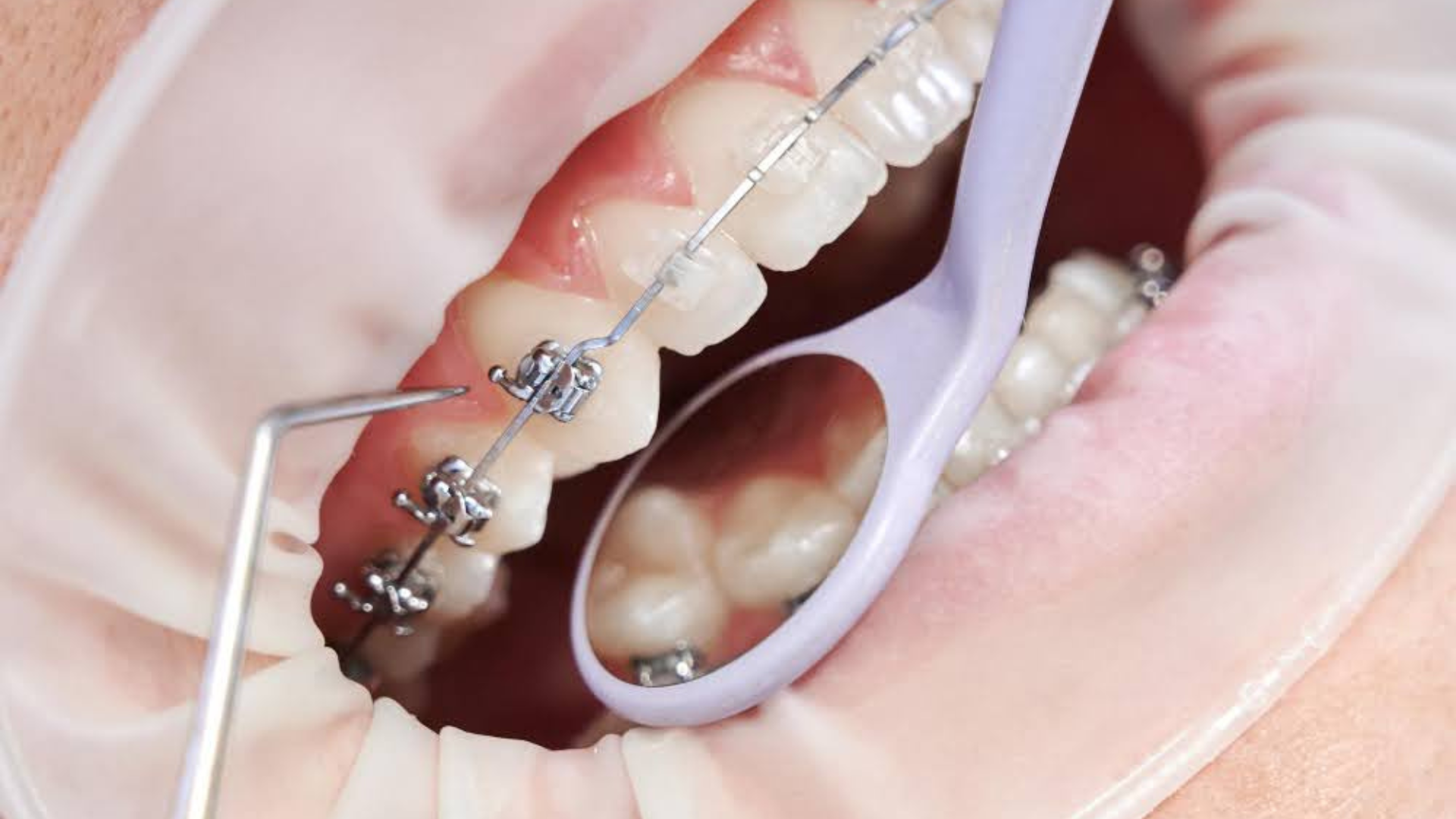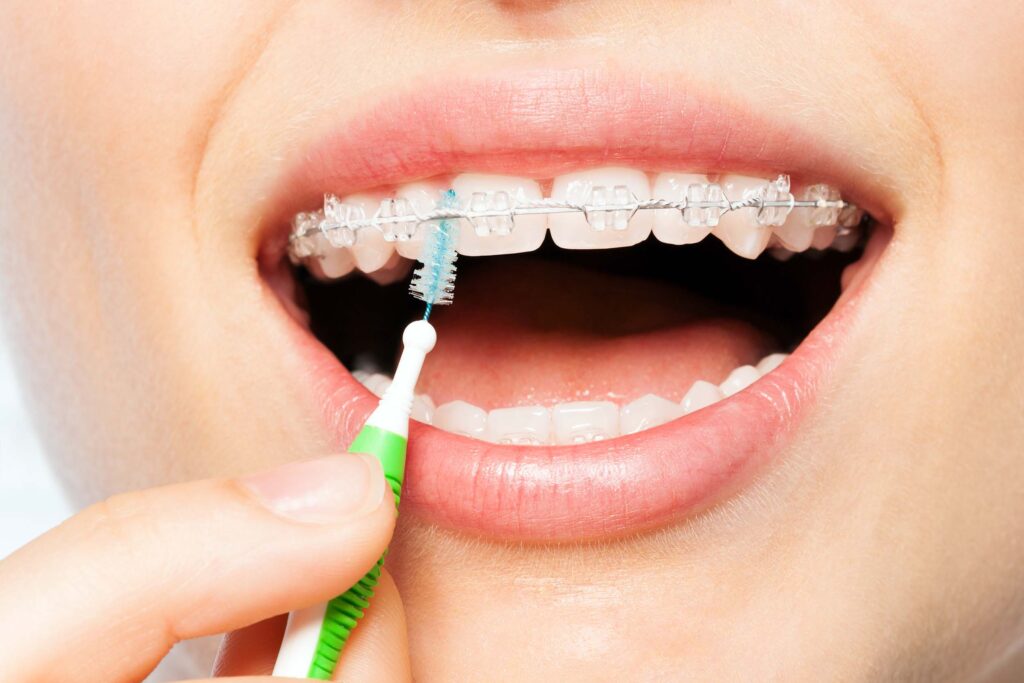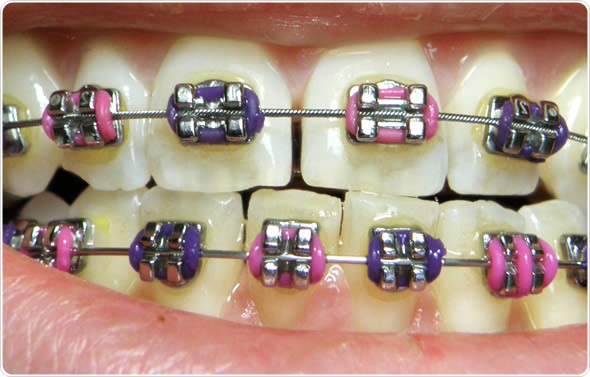Finding the Right Cumming Orthodontist for Your Braces and Aligners Demands
Finding the Right Cumming Orthodontist for Your Braces and Aligners Demands
Blog Article
Comprehensive Guide to Orthodontics Procedures for Fixing Oral Misalignments
Understanding the complexities of each procedure, including their devices, advantages, and possible downsides, is crucial in making educated decisions regarding one's orthodontic treatment. As we browse with the detailed overview to orthodontic procedures for remedying oral imbalances, the detailed details of each technique will certainly unfold, losing light on the course towards a unified and functional dental positioning.
Orthodontic Procedures Summary

Along with conventional dental braces and clear aligners, orthodontists may also suggest other treatments like headgear, palatal expanders, or retainers to resolve certain alignment problems (aligners). These procedures are customized to each person's distinct needs and may involve a mix of treatments to accomplish the preferred results. Routine changes and monitoring are vital components of orthodontic therapy to make sure progression is on track and to make any type of essential adjustments along the way. By undertaking orthodontic procedures, clients can not only achieve a straighter grin yet also boost their overall dental health and function.
Traditional Dental Braces: Exactly How They Work
When taking into consideration orthodontic treatments for dental misalignments, conventional braces stand apart as a reliable method for fixing teeth placing. Standard dental braces include braces, wires, and bands that function with each other to apply continuous stress on the teeth, gradually moving them right into the wanted placement. The braces are connected to the teeth utilizing an unique adhesive, and the cables are threaded through the braces. By changing the stress of the wires, orthodontists can manage the direction and pressure put on each tooth, leading them right into correct positioning in time.
As stress is used to the teeth through the braces, the bone surrounding the teeth is reshaped to sustain the brand-new tooth settings. Clients will need normal modifications at the orthodontist's workplace to make certain the braces proceed to use the proper stress for reliable teeth motion.
Undetectable Aligners: Benefits And Drawbacks
These clear, personalized trays are basically unnoticeable when put on, making them an attractive option for individuals seeking a much more aesthetically pleasing orthodontic treatment. Clients can eliminate the aligners before eating or cleaning their teeth, decreasing the danger of food obtaining stuck in the home appliance and streamlining the cleansing procedure.

Surgical Orthodontic Options
Surgical treatments in orthodontics existing feasible options for addressing complex dental imbalances that may not be properly resolved via traditional orthodontic therapies. While invisible aligners and conventional dental braces can correct many orthodontic problems, specific instances call for medical intervention to achieve optimal outcomes. Surgical orthodontic options are normally recommended for severe malocclusions, significant jaw disparities, and instances where the underlying bone framework requires alteration additional info to attain correct placement.
One common medical orthodontic treatment is orthognathic surgery, which includes rearranging the jaws to deal with functional problems such as difficulty eating or speaking. This surgical procedure is commonly executed in partnership with an orthodontist that helps align the teeth prior to and after the treatment. Surgical orthodontics may additionally entail treatments to expose influenced teeth, remove excess periodontal tissue, or reshape the jawbone to produce a much more unified face account.
Prior to taking into consideration surgical orthodontic alternatives, clients undergo an extensive examination to determine the need and potential benefits of such treatments. braces. While surgical treatment may seem challenging, it can dramatically improve both the feature and aesthetic appeals of the smile in cases where traditional orthodontic therapies fall short
Retainers and Post-Treatment Care

Post-treatment treatment involves complying with the orthodontist's guidelines faithfully. This might include appropriate dental health methods, attending follow-up appointments, and using the retainers as suggested. Failing to adhere to post-treatment care instructions can result in regression, where the teeth progressively return towards their initial positions. Constant retainer wear, good dental hygiene, and normal dental examinations are vital for preserving the outcomes achieved via orthodontic surgery and making sure the long-lasting stability of the dealt with oral placement.
Verdict
Finally, orthodontic procedures supply different alternatives for fixing oral misalignments. Standard dental braces utilize steel brackets and cables to shift teeth into proper positioning. Invisible aligners offer a more discreet option but may not be suitable for all instances. Surgical orthodontic alternatives are offered for more severe imbalances. Retainers are frequently utilized post-treatment to keep the new alignment. On the whole, orthodontic procedures can properly boost dental health and wellness and aesthetic look.
As we browse through the comprehensive overview to orthodontic treatments for correcting oral imbalances, the complex details of each technique will unravel, dropping light on the path toward a functional and harmonious dental placement. - webpage cumming orthodontist
One of the most common orthodontic treatments is the usage of dental braces, which consist of steel brackets and wires that apply mild stress to slowly shift teeth into the wanted setting.When considering orthodontic treatments for oral misalignments, conventional dental braces stand out as a tried and true method for remedying teeth placing. Furthermore, undetectable aligners might not be suitable for intricate orthodontic issues that need even more substantial teeth motion, as they are usually recommended for mild to modest instances. Retainers are personalized orthodontic devices created to hold teeth in their corrected settings after the conclusion of orthodontic therapy.
Report this page